Editor’s note: This is Part 1 of our Entrian Odyssey Nexus Class compendium. To see Part 2 and Part 3, click here and here.
Classes and party composition form the backbone of any Etrian Odyssey experience, and Etrian Odyssey Nexus is no exception. It offers 19 classes to use for your party of five, drawing on all previous games for these classes and adding the Hero as a new one.
Even if you already know how the classes work in their original games, Nexus gives things a bit of a twist by making new combinations possible.
Don’t feel overwhelmed, though. We’ve put together three comprehensive guides to detail the best builds for each class and how they work with each other.
This is part one of that compendium of guides, covering the balanced, all-rounders suitable for any team build.

Hero Class
The Hero class offers three main skill paths with a corresponding support role. And because it’s a new unit, it’s also worth exploring in some depth.
Best Build for Hero Class
The first role for the Hero class revolves around Afterimages.
An Afterimage is a shade of your Hero with a fraction of its HP and attack power. It occupies the sixth slot in your party, whether front or back.
Under normal circumstances, the shade stays around for a turn and uses the same skill that created it. Afterimages are good fodder for enemy attacks, but particularly earlier on, they don’t really add enough impact to make a tremendous difference.
These images offer a boost to the Hero or keep the Afterimage around for longer, and they’re helpful skills if you do take that route:
- Charge Image
- Graceful Image
- Dark Image
Just be aware that unlike many other skills, Afterimage-related skills only power up incrementally each time you advance them; you won’t get double boosts until you master the skills. In short, if you want to take full advantage of Afterimage, expect to spend a fair amount of Skill Points before it really pays off.
But that’s just one branch of the Hero’s tree, and it’s a class with many other uses.
Wide Bravery should earn some points since it’s a handy way to attack multiple enemies early on without consuming too much TP. But Encourage is probably the most useful skill, since it makes the Hero a passive healer as well, perfect if you don’t want to bring a Medic or dedicated healer along or just need an extra boost.
You could also turn your Hero into a tank. The class gets some special shield skills that raise the party’s defense and deal a good amount of damage. Later, after reaching Veteran status, it also gets passive skills that raise defense and elemental defense; it also potentially lets the Hero take damage for a weak unit.
Combining these skills with Encourage or other basic attack skills mean you could conceivably create a unit that heals the party and buffs it while dishing out decent damage as well.
There’s the offense route. Hero gets some powerful elemental attacks as well, but one of particular note is Spark Blade. It deals extra damage to foes strong against cut attacks, making it perfect for foes like Golems.
Other offensive skills are more standard, like dealing two or more hits to a foe or attacking an entire line.
Considerations for Hero Class
The Hero class gets good defense and HP stats from the start, so it’s a good frontline fighter that can deal a variety of high-damage attacks and still manage to heal the party too.
And there aren’t any major drawbacks worth noting, except to be sure you think ahead if you go the Afterimage route.
It’s ideal for any player, easy enough to use for newcomers, with enough depth for series masters.
Protector Class
The Protector is exactly what it sounds like. This unit serves as your party’s first line of defense. However, it can deal some damage, too.
If you’re focusing mostly on offense and need a good unit to soak up damage from foes, the Protector is a pretty good choice. But be warned, it has some flaws that keep it from being the easiest defending class to recommend.
Best Build for Protector Class
A good protector naturally needs a huge HP pool. However, you don’t get access to HP boosts until you unlock the Master level of the skill tree, along with its defense boost skill.
Considering the Protector has average defense to begin with, it’s something to keep in mind; in other words, for a while, your Protector won’t be able to do as much protecting as you might like.
Still, its basic skills are worth investing in.
Heal Wall is probably one of the most useful Protector skills since it defends and restores, and Shield Smite is a no-brainer, since your Protector is only as good as its shield.
Considerations for Protector Class
Beyond that, it’s a bit difficult to recommend a best Protector build, just because its skills are so focused on one area.
Apart from the few skills that defend an entire line, most of the Protector’s usefulness comes from Taunt, which ideally draws all enemy attacks (and is why it sucks you don’t get HP and defense boosts until later on).
If you’re okay with a mostly one-trick pony, or if you need someone to take the hits for your offense-focused frontline warriors, like the Hero, Nightseeker, Ninja, or Pugilist, then the Protector is for you.
Medic Class
The Medic is another one-focus unit, but that’s probably not much of a surprise given its name.
The Medic is all about healing, whether that be reviving allies, restoring HP, or removing binds and ailments. Because the latter two afflictions play such a prominent role, the Medic certainly has its uses.
Best Build for Medic Class
Like most magic-based classes, the Medic is hampered by its TP pool. Fortunately, healing skills don’t take that much TP. Once TP is exhausted, though, you’re left with a deadweight whose usefulness is only in its Force moves.
That being said, the medic’s healing skills are highly useful. One early Medic skill allows it to recover HP for the entire party, and the amount of HP restored per use means you probably won’t need passive healers like the Hero or Sovereign should you choose to use the Medic.
There also aren’t many classes that remove binds and ailments, so if you prefer not to carry healing items, the Medic is definitely for you.
Considerations for Medic Class
That doesn’t mean all its skills are worthwhile, though.
Delayed Heal is the most necessary after Line Heal, since it means whatever damage is dealt between your Medic’s actions and the end of the turn still gets healed. Chase Heal doesn’t always work, and you only get it later anyway.
Moreover, staff skills are rather pointless. They inflict some debuffs, but there are other classes that do a much better job inflicting debuffs without using up valuable TP.
You don’t want your Medic on the frontline to dish out damage anyway, because without the ability to equip heavy armor, that means a dead Medic more likely than not.
In short, Unbind, Delayed Heal, Refresh, and Line Heal are the main skills to focus on; others are added bonuses, but not as effective. And you don’t have to use a Medic to effectively heal your party.
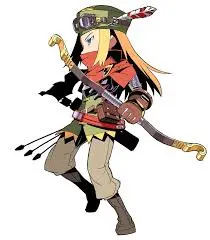
Survivalist Class
The Survivalist is an interesting class. Series fans know it has been weakened since its glory days, but it still has some definite uses with one substantial drawback early on.
Best Build for Survivalist Class
The Survivalist uses bows and gets access to some powerful ranged attacks targeting entire lines (Flank Shot), dealing damage to the back line (Drop Shot), and inflicting some useful debuffs and afflictions as well (Blind Shot and Trickery, for example).
There are other classes that can deal damage to the back line or entire lines, like the Zodiac, but the Survivalist gets some additional skills making it easy to recommend.
Chain Dance, Resuscitate, Risk Perception, and Finishing Shot help the Survivalist live up to its name, letting it boost evasion, revive downed allies in the field (not in battle), and finish off weak enemies.
Safe Passage also means you don’t need to worry with Guard Soles taking up inventory space (and without really needing to spend more than one or two Skill Points).
Considerations for Survivalist Class
With all of that, you’d think the Survivalist is a must-have unit.
But there’s one thing to keep in mind, as always: TP. Until you get a good TP pool built up or access to TP restoring items, the Survivalist is a bit tricky to use.
Because it uses cloth armor and naturally has lower defense, it isn’t meant for the front line. Its skills, like Power Shot, still work very well from the back, but once the TP dries up, its attacks aren’t effective because it’s in the back.
It’s also worth noting the Master class skills require some planning to use, like Hazy Arrow. By the time you unlock those skills, that planning will probably be second nature, though.
Still, the Survivalist is a highly useful mid-tier offense unit with a host of useful skills. It’s a good unit to have in the back row, but you might find it more useful after you’ve got a few labyrinths under your belt with some Memory Conch experience leveling it up back at the Guild and offsetting the TP issue somewhat.

Gunner Class
The Gunner is an excellent basic class that fits with pretty much any party combination. It uses guns (duh) and works best on the back line, either providing support or hurling out damage.
Best Build for Gunner Class
Those two roles are the main builds you could try for with a Gunner. Though, like the Highlander, a combination of the two is certainly feasible.
The Gunner has a wide range of useful physical attacks, from element-infused bullets to line-piercing attacks and a charge ability. Gunners also get access to a splash effect physical attack, which affects enemies directly left or right of the target. The class also has skills that potentially bind enemies.
It’s easy to see that the Gunner is a versatile and highly useful unit for offensive purposes, but it’s got some support skills worth looking at too. Cover Support heals the party when a backline Gunner guards that turn, while Medic Bullet heals HP and removes ailments. The class also has some helpful debuff skills.
Considerations for Gunner Class
Given the Gunner’s offensive capabilities, it’s unlikely you’ll use it primarily for support. However, if you do, the class can cover a variety of needs and inflict binds and damage as a bonus. Or you could always go the Ronin route and develop more than one Gunner.
Either way, the Gunner should be a go-to unit for those who aren’t completely comfortable with the class system and need a well-rounded character.
Zodiac Class
The Zodiac is another fairly basic class that, like the Protector, exists to fill just one role: dealing huge amounts of elemental damage. However, it isn’t the hardiest of classes and shouldn’t be used as a primary source of offense.
Best Build for Zodiac Class
The Zodiac is the only offensive magic class in Nexus. But you don’t actually get access to its elemental attacks immediately.
First, you have to spend at least one point on the rather useless Etheric Gleam skill, a support skill that increases the elemental attack of a line. Then you can unlock the fire, volt, and ice based skills – the Zodiac’s bread and butter.
The other skill a Zodiac should definitely have is Singularity. Singularity powers up a Zodiac’s attack if it exploits an enemy’s weakness, which is tremendously helpful in drawn-out boss battles, like the first one against Cerunnos. It also unlocks Etheric Charge and Etheric Return.
The former is highly useful for targeting single foes and their weaknesses; the latter’s TP return isn’t that spectacular but would be useful as skills level up and you gain access to higher powered abilities like Meteor.
Considerations for Zodiac Class
But it also links to the Zodiac’s biggest weakness: TP.
One important thing to note about these skills is that you should not raise any of them beyond Level 4 until you gain access to the TP boost skill at Veteran status. From Level 5 on, each skill costs twice the TP, which means your Zodiac loses its usefulness in battle faster. The Veteran element skills deal larger amounts of damage but at a larger TP cost
But in general, most of your Skill Points for the Zodiac are going to go to its abilities that deal greater damage, rather than its support skills.
Because it’s a weak class, it needs something like a Sovereign or Protector to help boost its defenses; low HP and defense means even one pierce attack can spell disaster.
—
That’s most of what you need to know about the balanced classes in Etrian Odyssey Nexus. Be sure to check out Part 2 of our guide for our offensive class tips, and Part 3 for our support class tips.

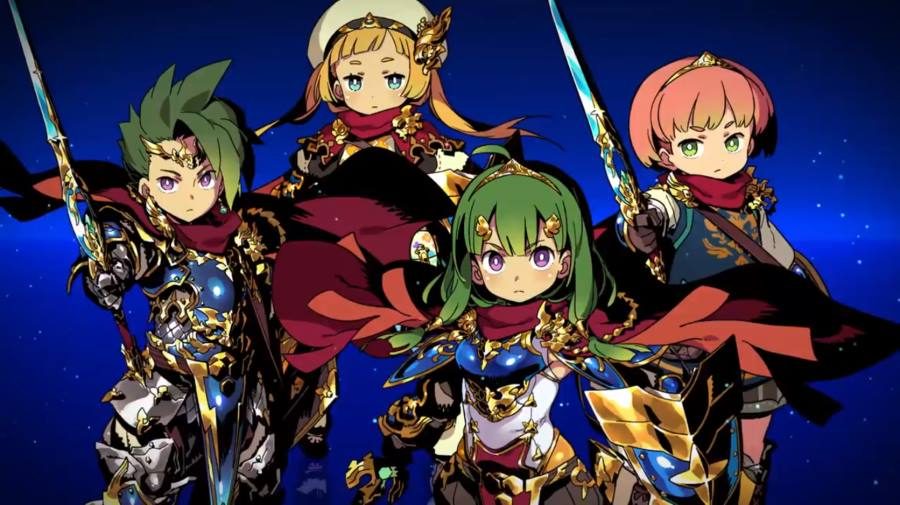
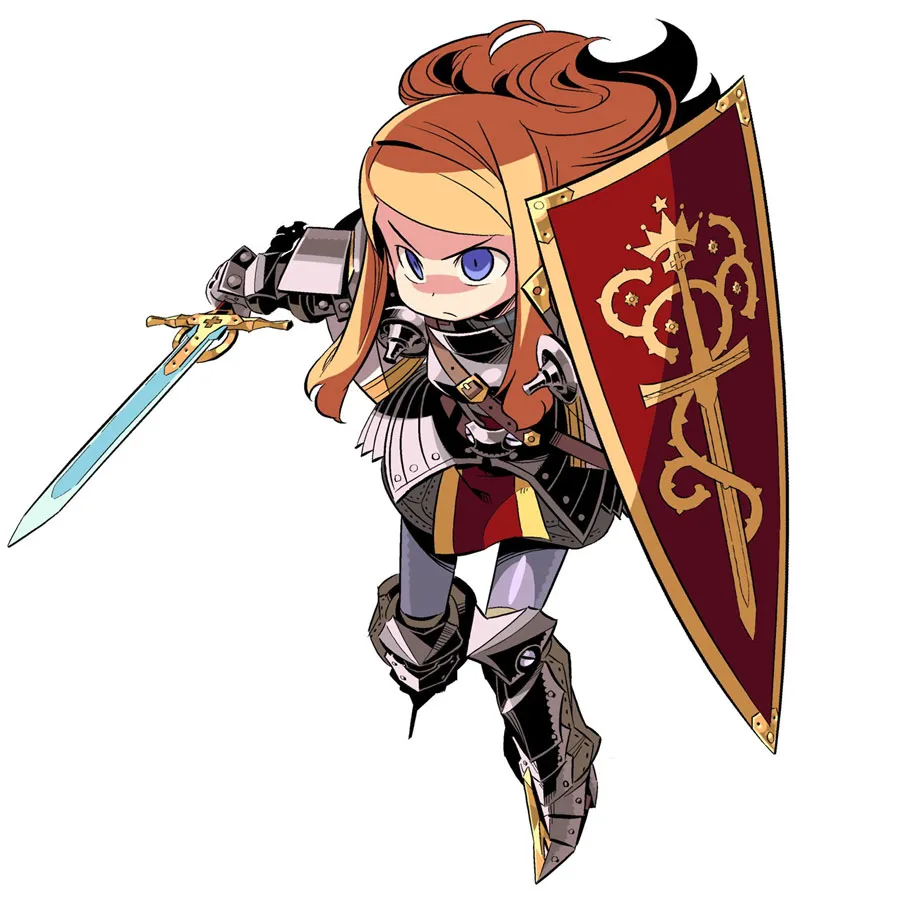
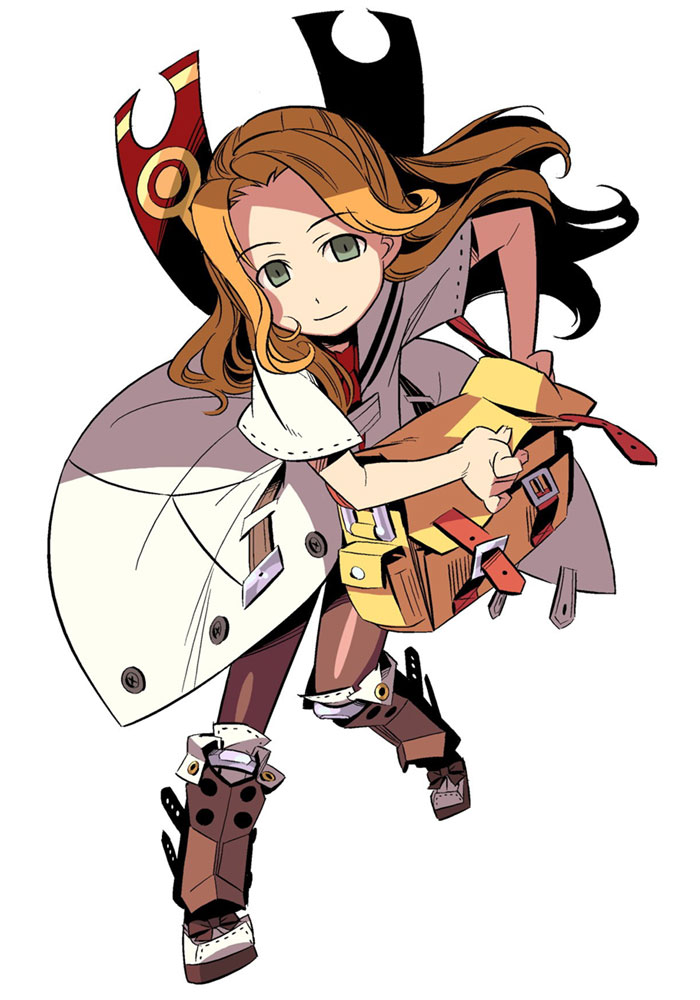
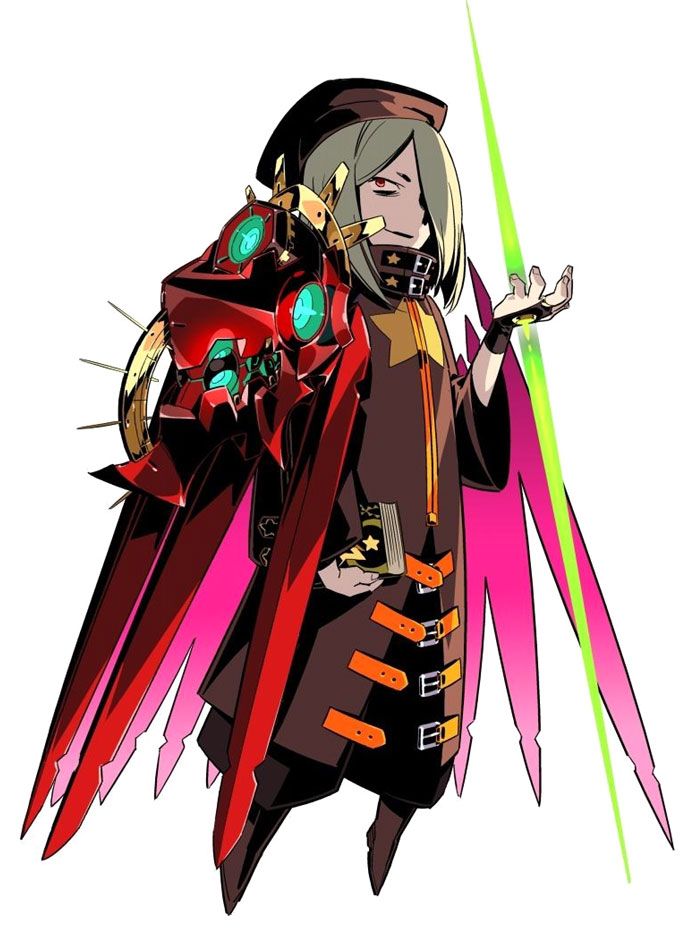
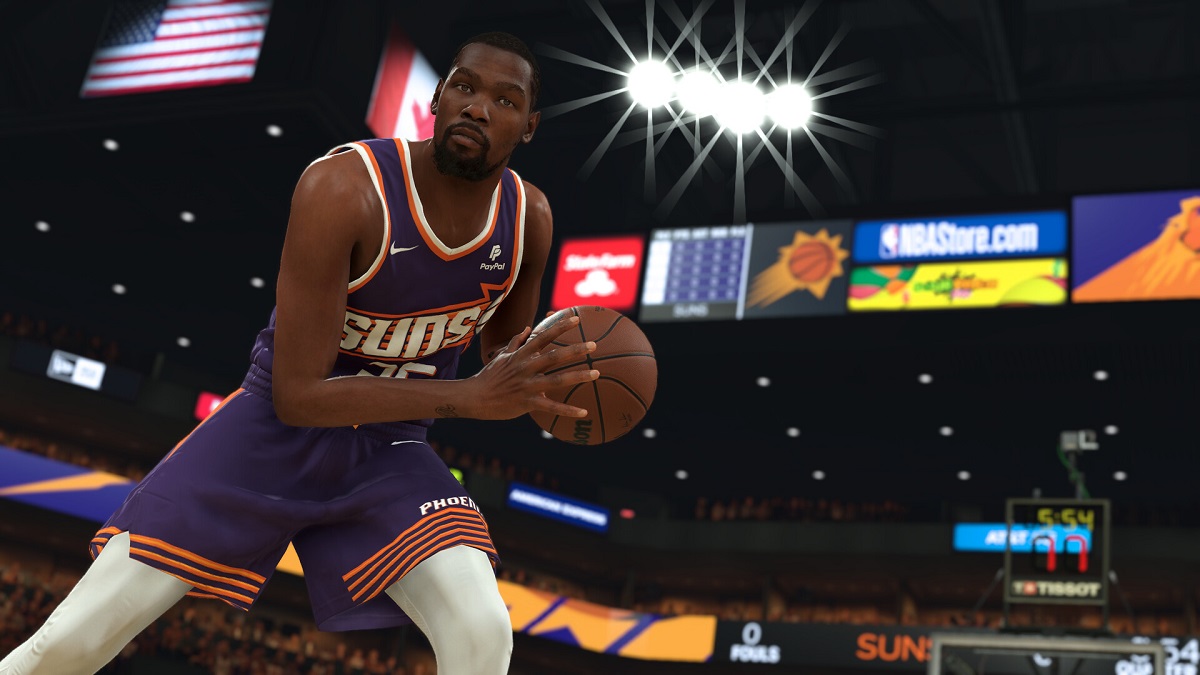
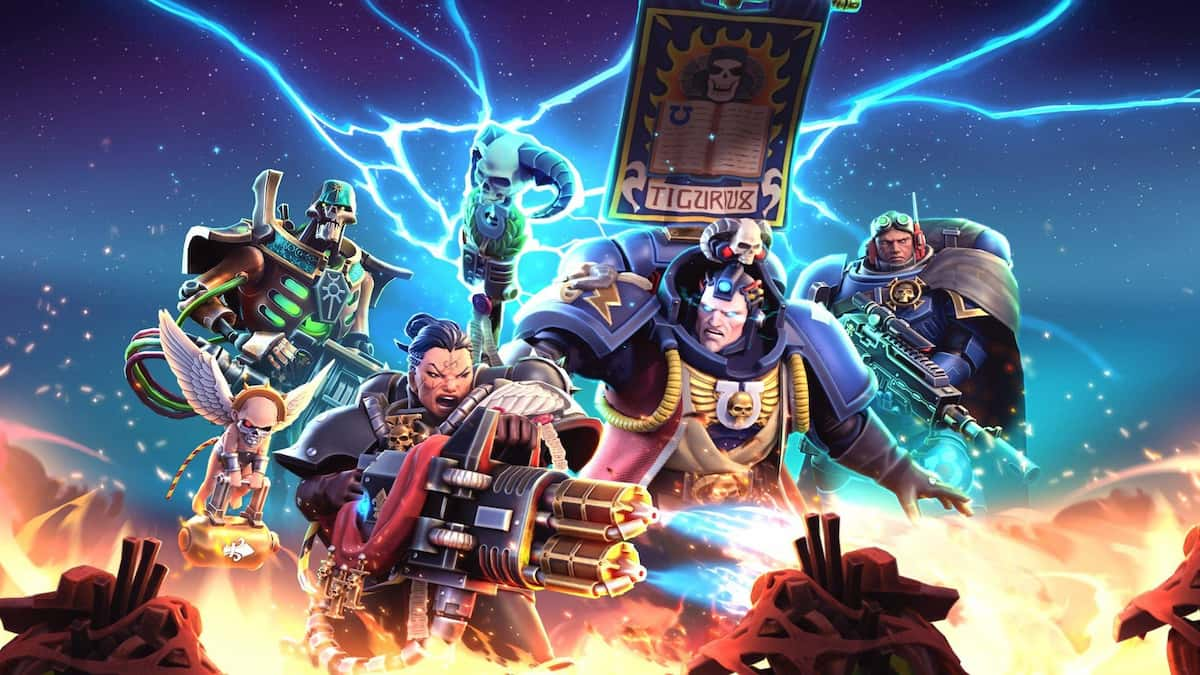
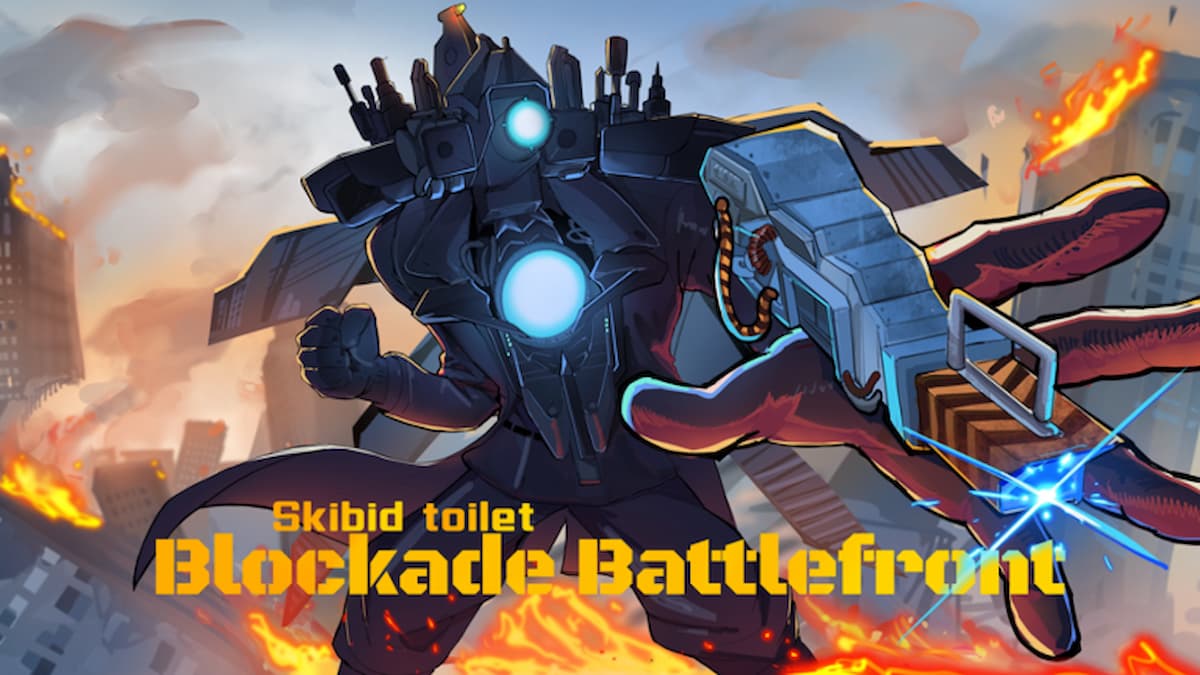


Published: Feb 6, 2019 11:38 am